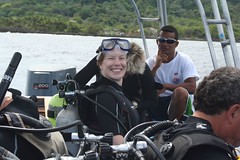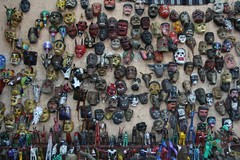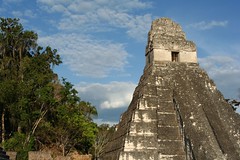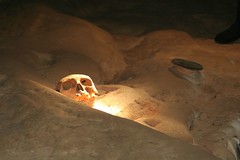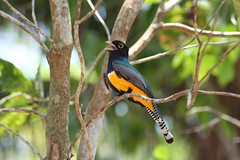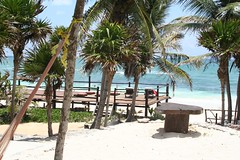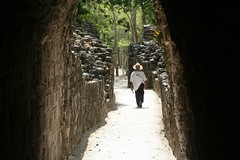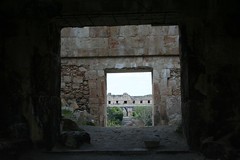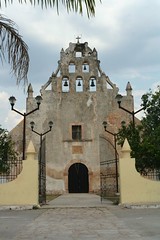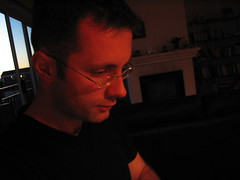A ferry, one bus ride and three delayed flights later we are in Quito, Ecuador! (and technically, in the southern hemisphere.) And we've already seen Spiderman 3 on the bus in Honduras... who says the latest and greatest in terms of entertainment aren't available here straight from the flea market stalls?
For the first time since we left I am happy I didn't send home the last sweater, the long socks and the jacket (we have shipped stuff home twice, from Mexico and Guatemala, and some of you can finally utter the much expected "I told you so"... you know who you are).
The days here are spring-warm and a little rainy and the nights are cold. There is no need for a fan in the room - ah, heavens! - and you don't have to sweat just because you exist, some sort of physical effort may be needed.
I don't have yet any wise insights or strong opinions on Ecuador - I've only been here for a day - but I can't help mentioning the most peculiar thing about this country - their national currency is the US dollar. Sure, everybody loves the $$$, but how does one actually set up a whole country to officially run its economy on the currency of another? And doesn't the United States have to agree to this in order to give the whole endeavor some chance of success? How do international transactions work? And what prevents the dollars to be worth zilch in Ecuador (like their previous money, the Sucre) and run on an inflationary course? And how does one actually get enough dollars of all denominations to supply all businesses and ATMs across the country? - in fact, an answer may be provided by the fact that everybody here asks for exact change. And what exactly fuels their economy besides oil? It seems that every shop in this town sells batteries and cell phones...
Nonetheless, it is a good feeling to see that your dollar goes - literally - a long way: lunch costs $1.50, a cab ride across town $2, bus rides 25c, our hostel room is $14. It's only up to us to not fall into the tourist traps and pay ten times as much.
OK 'nuff said, I must go find the answers to all those questions now... or eat.



